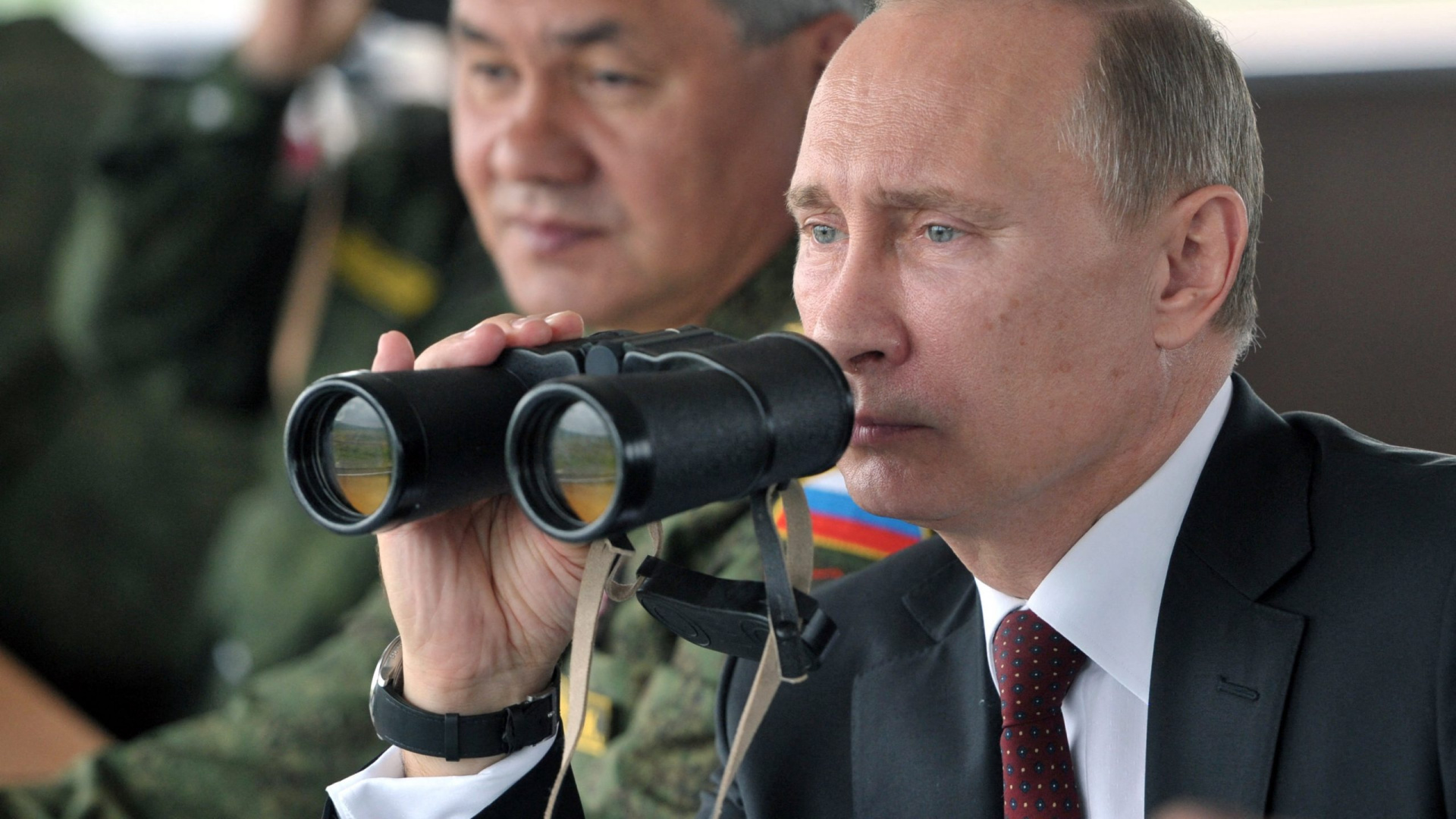U.S. to deploy nuclear capable B-52 bombers to Australia as tensions with China grow
The United States is preparing to deploy six nuclear-capable B52 heavy bombers to an airbase in northern Australia as tensions with China in the Indo-Pacific continue to grow.
The decision comes on the heels of the Biden administration's sweeping new restrictions on chip exports to China, a move that crippled the country’s fledgling semiconductor market overnight.
Dedicated maintenance facilities for the B52s will be set up at Tindal airbase, just south of Darwin in Australia’s Northern Territory.
This news was first revealed by the Australian Broadcast Company’s (ABC) Four Corners program and was quickly confirmed by American officials and Australia’s newly-elected Prime Minister, Anthony Albanese.
In a statement made during a media conference, Albanese pointed out that Australia often cooperates with its allies on collective defense and this situation was no different.
“There are visits, of course, to Australia, including in Darwin, that has US Marines, of course, on a rotating basis stationed there,” Albanese said during that same conference.
The upgrades necessary at Tindal airbase will cost upwards of $100 million, but American officials have not released a timeframe for the project's completion and have declined to say when the B52s would be relocated to Australia.
“The ability to deploy U.S. Air Force bombers to Australia sends a strong message to adversaries about our ability to project lethal air power,” U.S. Air Force told Four Corners. “The RAAF’s [Royal Australian Air Force] ability to host USAF bombers, as well as train alongside them, demonstrates how integrated our two air forces are.”
This isn’t the first time Australia has hosted American B52 bombers. Back in 2018, two bombers were sent to conduct exercises with Australian forces. But a permanent standing force of six bombers represents a significant change from previous deployments.
“The US air force has been rotating bombers through Australia for years . . . so this isn’t new," said Eric Sayers of the American Enterprise Institute think-tank," but a total of six bombers does appear like a significant enhancement to previous deployments and is likely to draw the attention of both regional allies and Beijing."
Officials in China were quick to react to the news of the American deployment. During a regular briefing on October 31st, Chinese Ministry of Foreign Affairs spokesman Zhao Lijian argued that the new deployment would only increase “regional tensions, seriously undermined regional peace and stability, and may trigger a regional arms race".
Mr. Zhao went on to say that the "Defence and security cooperation between any countries should be conducive to regional peace and stability and not target or harm the interests of third parties."
Despite the rhetoric about increased risks to regional stability, Zhao stated that "China urges the parties concerned to abandon the old Cold War zero-sum thinking and narrow geopolitical concepts, do more to contribute to regional peace and stability, and enhance mutual trust."
Although they have been in use for over 60 years, B52 bombers are still the backbone of the US Air Force because of their long-range capabilities. The heavy bombers have a combat range of 8700 miles and have the capacity to strike at mainland China with conventional or nuclear arms if the country moves on its Taiwan ambitions.
"Having bombers that could range and potentially attack mainland China could be very important in sending a signal to China that any of its actions over Taiwan could also expand further.” Becka Wasser of the Centre for New American Security said in an interview with ABC news.
The B52 bombers are part of a larger plan being enacted by American and Australian officals to upgrade Australia's northern defenses, including the Pine Gap intelligence base and the Larrakeyah Defence Precinct—two key areas that would play a major role in any future conflict with the Chinese state.
American war planners believe that a conflict is brewing over the Taiwan question. Oriana Skylar Mastro, a defense academic from Stanford University, believes that it could occur sometime between 2025 and 2027. If true, the addition of six long-range bombers will provide U.S. officials with a powerful tool to keep Chinese ambitions in check.
More for you
Top Stories






























